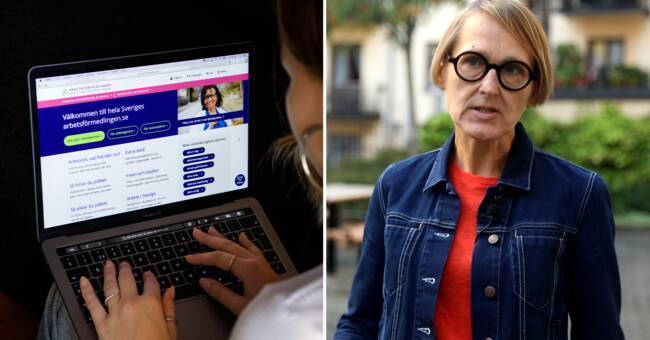First the good news - unemployment is falling.
In August, there were 77,000 fewer unemployed than in the same month last year.
In total, unemployment was 7.7 percent.
It is also falling sharply among young people, 19,000 fewer than in August last year.
- It is about a recovery in the economy, many sectors have started.
We now calculate that when almost all restrictions disappear at the end of September, the industries that were hard hit during the pandemic will return to a more normal business, says Annika Sundén who is head of analysis at the Swedish Public Employment Service to SVT.
Longer unemployment makes it longer a new job
Three out of four jobs go to those who have been unemployed for less than a year.
That leads us to the bad news.
Those who stay in unemployment do so for a longer period of time, much longer.
The almost 190,000 long-term unemployed soon make up half of all unemployed.
In the group of long-term unemployed, the number who have been without a job for more than two years is growing to almost 100,000 people.
A person who has been without a job for more than 12 months is counted as long-term unemployed.
Annika Sundén believes that in that group there are many people who lack the qualifications or skills that employers demand.
- Many are the non-European-born who came to Sweden during the refugee crisis in 2015 and 2016. This group of people requires a combination of efforts, says Annika Sundén.

